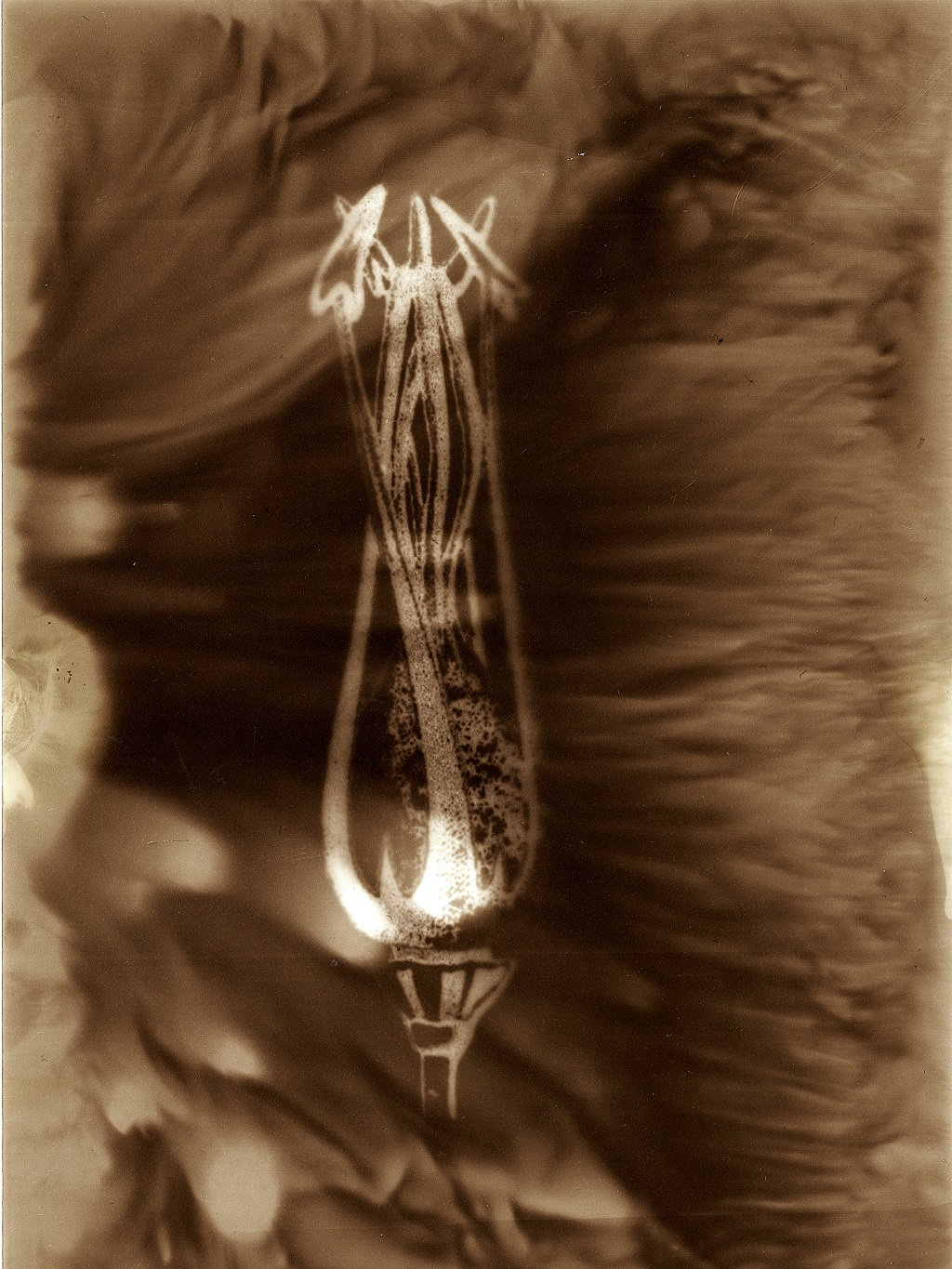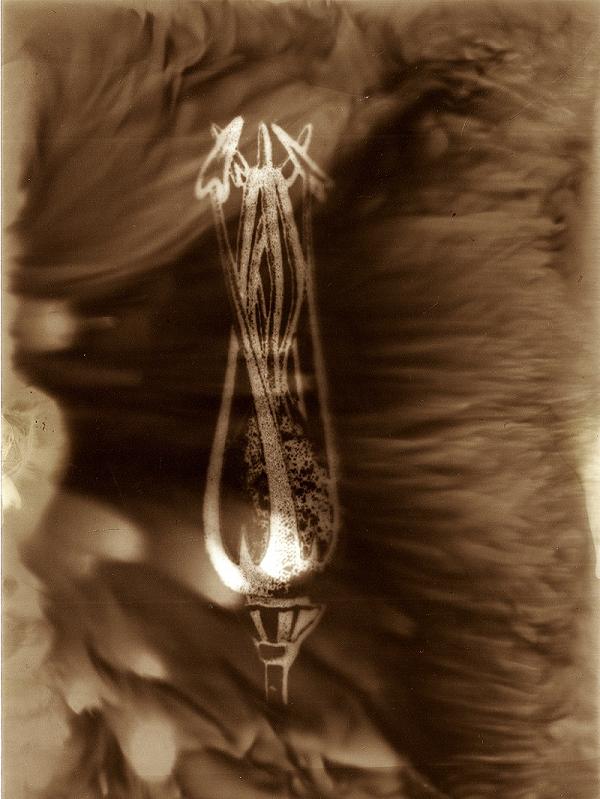THERE ARE THOSE EXCEPTIONAL INSTANCES, in which a date or a place stands for a particular event that happened then and there. “9/11” and “Chernobyl” symbolize in a recognizable shorthand two traumatic occurrences, two catastrophes that have since become watersheds not only for the American and European consciousness but also for world history and politics. Why the tendency to represent these events in such shorthand? Do we lack the time or the space to elaborate upon them in more than a word and a couple of numbers? Or is something else, something more profound, masking itself behind this marked brevity?
Perhaps to symbolize an occurrence by means of a date or a place is a way to speak about the unspeakable. In so referring to traumatic events, we scarcely indicate them, keep them encrypted, or let them barely peer from the crypt of the unrepresentable. Perhaps, then, we cordon off, circumscribe, and condense them to a numeric or geographical inscription in order to tuck them into a far corner of the mind and not deal with them in all their excruciating, intolerable details. Psychoanalysts have a word for this mental operation, namely disavowal.
Anaïs Tondeur
Linum usitatissimum, Chernobyl Herbarium
Photogram
Giclee Print on RAG Paper
24-32cm
One thing is certain — there is always a price to pay for the tricks of our psychic economies. Supplanting the event (only one event, no matter how traumatic), the date and the place become exclusive and exclusionary. Or, even, egoistic. “9/11” names one event and, with this, erases multiple others, not the least of them the one now known as “the other 9/11,” the day in 1973 when General Augusto Pinochet carried out a bloody coup d’état in Chile. “Chernobyl” not only designates the explosion of Reactor 4 at a Ukrainian nuclear power plant on April 26, 1986 but also expunges from collective memory the repeated massacres of its Jewish residents during the Russian Civil War and by the Nazi occupying forces during the Second World War. The shorthand goes hand-in-hand with a pretentious supposition that nothing else of what has ever happened or will ever happen on that day or in that place really matters. The event prohibits all other events, including those that have already come to pass. It is like a black hole that sucks into itself the past and the future, along with vast stretches of space and language itself.
I have noted how events designated by a date or a place mark a day in a calendar or a geographical locale with their exclusive and exclusionary associations. Chernobyl is, in this sense, the most eventful of all the terrible events; it brands not only our conception of a given place but that very place itself, making it unfit for human habitation, extending a sizable “zone of exclusion,” from which we are barred, around it. This place that lends its name to an event loses every feature of place-ness, to the extent that it no longer admits anyone into its midst, unless you are willing to risk your life by staying there (as some older residents of Chernobyl, who have refused to be evacuated in the aftermath of the disaster or who have clandestinely returned to their abandoned homes, have chosen to do).
There is yet another price to be paid: when the conditions of possibility for any experience, among which Immanuel Kant counts space and time, blend with whatever is conditioned by them, they flip into the impossible. Chernobyl is this conditioned conditioning, an atopos where nothing can happen, at least for humans who have been permanently expelled from that non-place. It is the event of no event, the event that singularly negates the future, crushing it under the weight of nuclear eternity. Chernobyl, or that which now goes by that name, does not fill out the schema of experience because the radiation, which continues to emanate all around it, is not accessible to our senses. But despite — thanks to? — its elusiveness, the event of Chernobyl also overwhelms our finite sensibility and nullifies the experiential schema itself. The conditioned conditioning turns out to be totally unconditioned and deadly in its absolute excess.
Nothing can happen in Chernobyl anymore and a lot is happening there, just not for us. In this post-apocalyptic workshop, the specimens of Homo sapiens have receded to the background, while “wild” flora and fauna have made their comeback. The choice between reality in-itself, including its animal and vegetal instantiations, and reality for-us proves to be a false alternative; the post-Chernobyl world — a place now acquiring temporal, chronological connotations — is a reality for the plants and animals that live and die and, in some cases, adapt to an environment laced with high levels of radioactive elements. Still, however vigorously we dehumanize the event, the shadow of the future of no future hangs over all living beings, and even the earth, in Chernobyl’s exclusion zone. If reports are true that the plants harmed by extreme radiation are not decaying as they should, then the current vegetal and animal growth in the “radioactive reserve park” is unsustainable and might be short-lived, seeing that the soil will not be enriched through the normal decomposition of organic matter. A place arrogates to itself the title of an event to the detriment of its placeness and of eventhood as such.
As we begin working through the “event” of “Chernobyl,” it is not advisable to dissolve the former in the latter, for instance at the level of everyday discourse: “Chernobyl happened.” A series of tough considerations await us. What have our technologies done to a place exemplary of human-induced devastation but certainly not alone in suffering our impact? What has that place, converted into a vessel for the event, done to us? Where does the “event” of “Chernobyl” leave the consciousness rendered impotent by its effects? How does it influence human and other-than-human bodies? A lonely word, which is moreover a geographical locution, cannot cope with the thinking of the event. Taken in isolation, it prompts us to act out, rather than work through, the nuclear trauma. In place of a designation for place, we sorely need both something less and something more than a word: a logos no longer confined to human discourse and capable of bearing witness to the unbearable.




